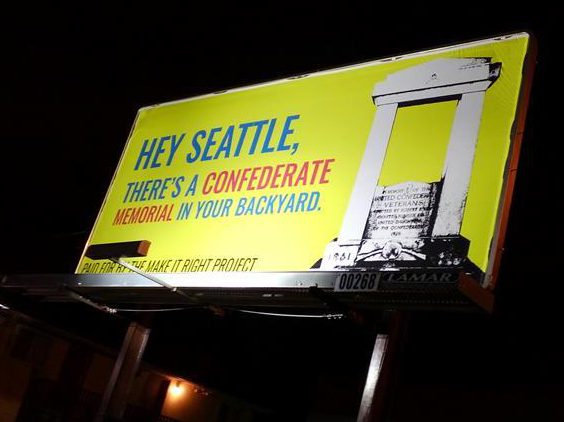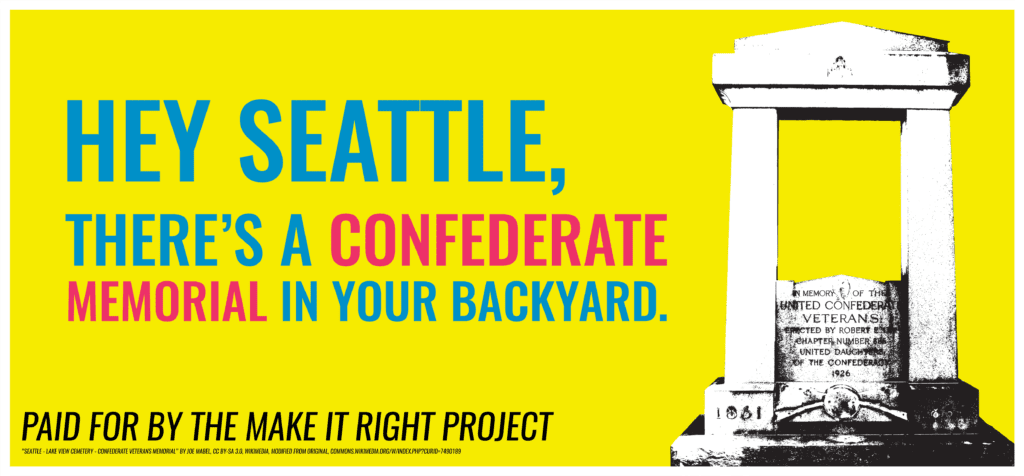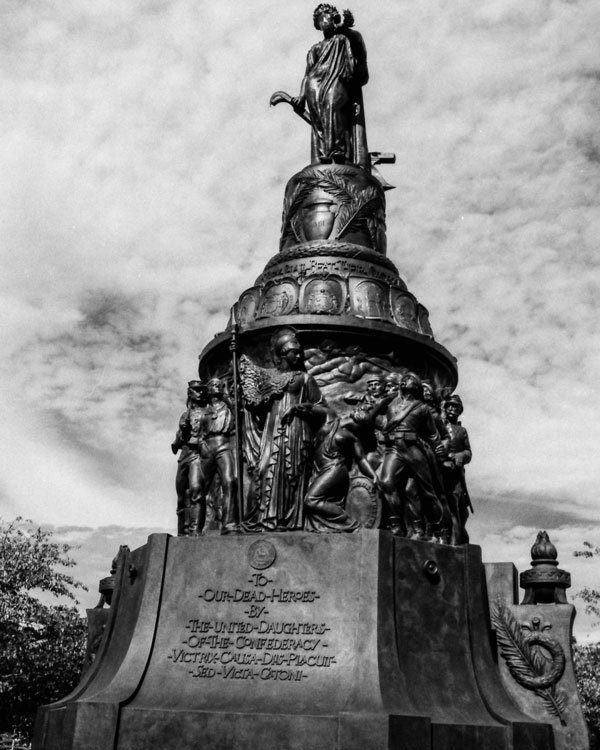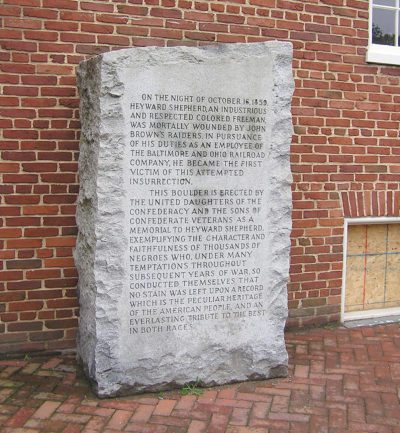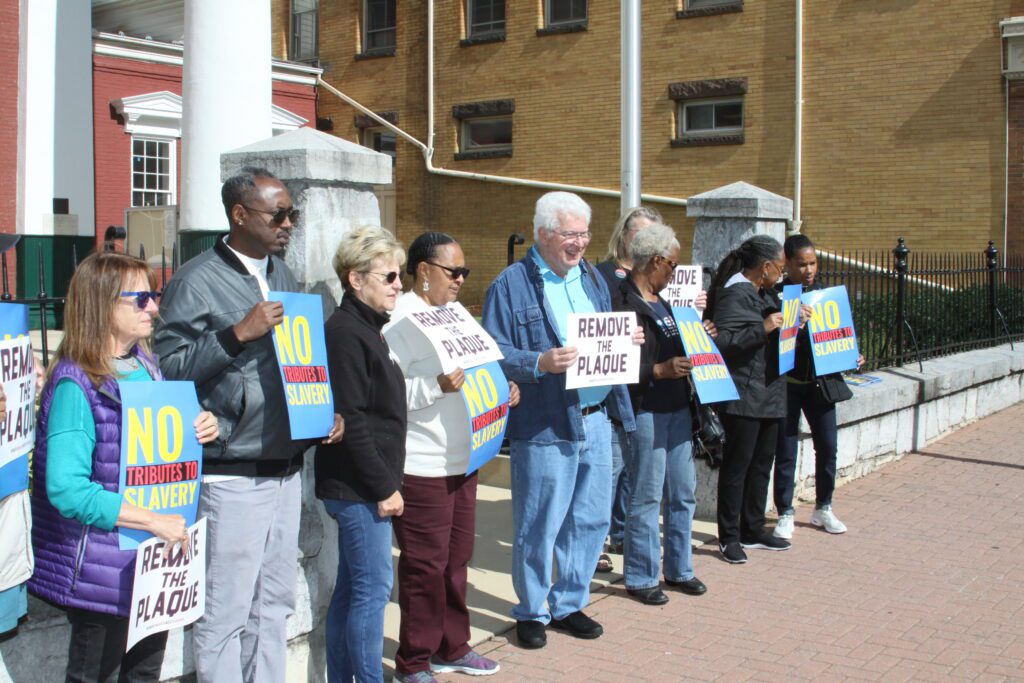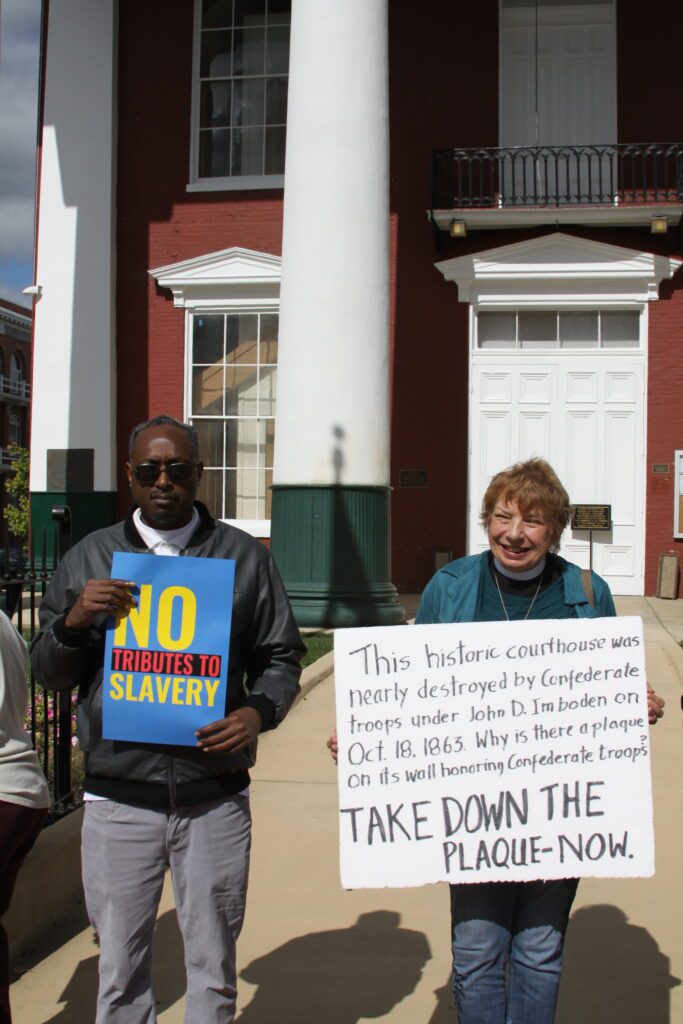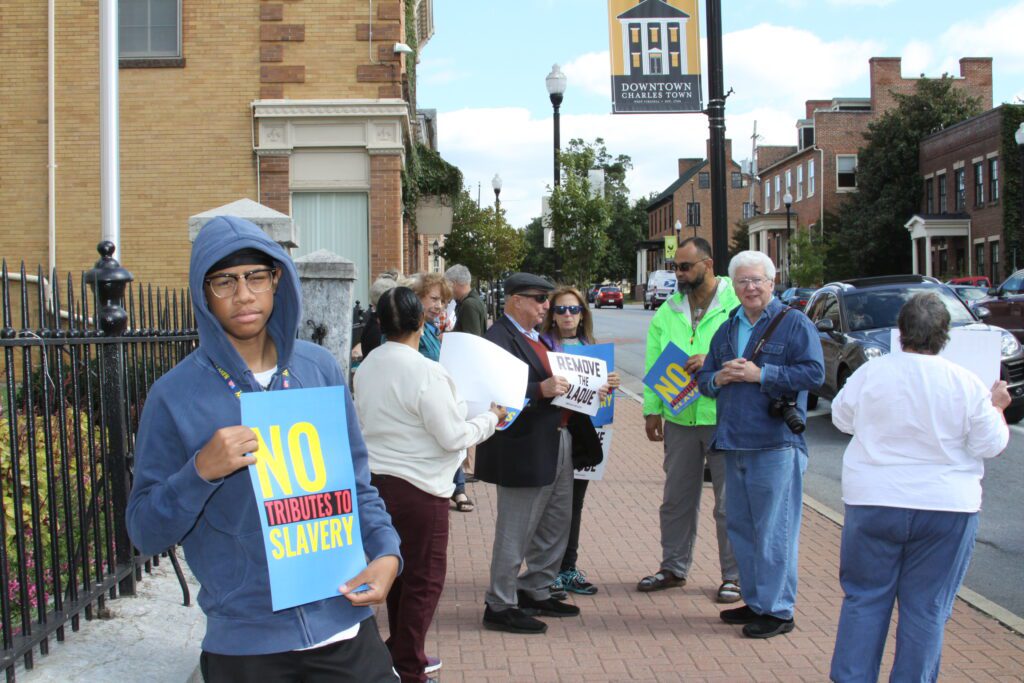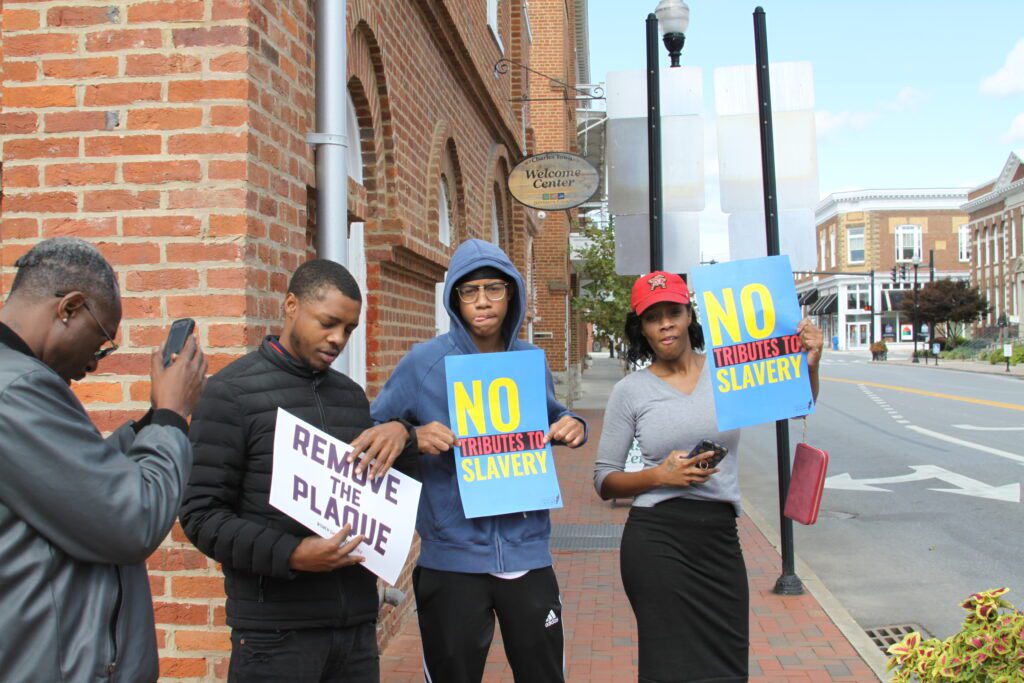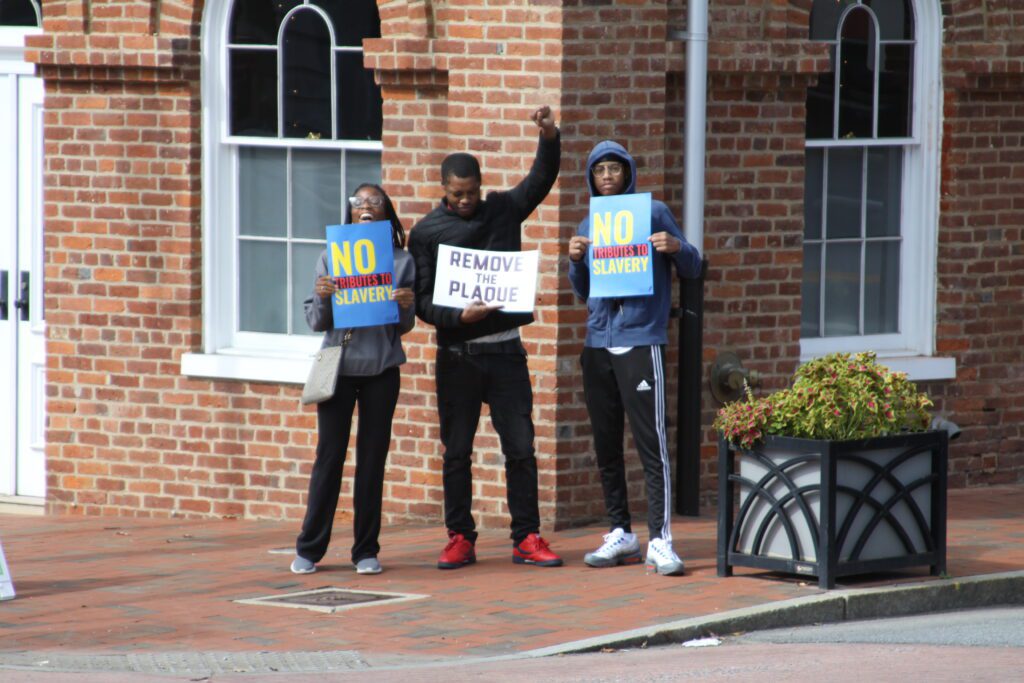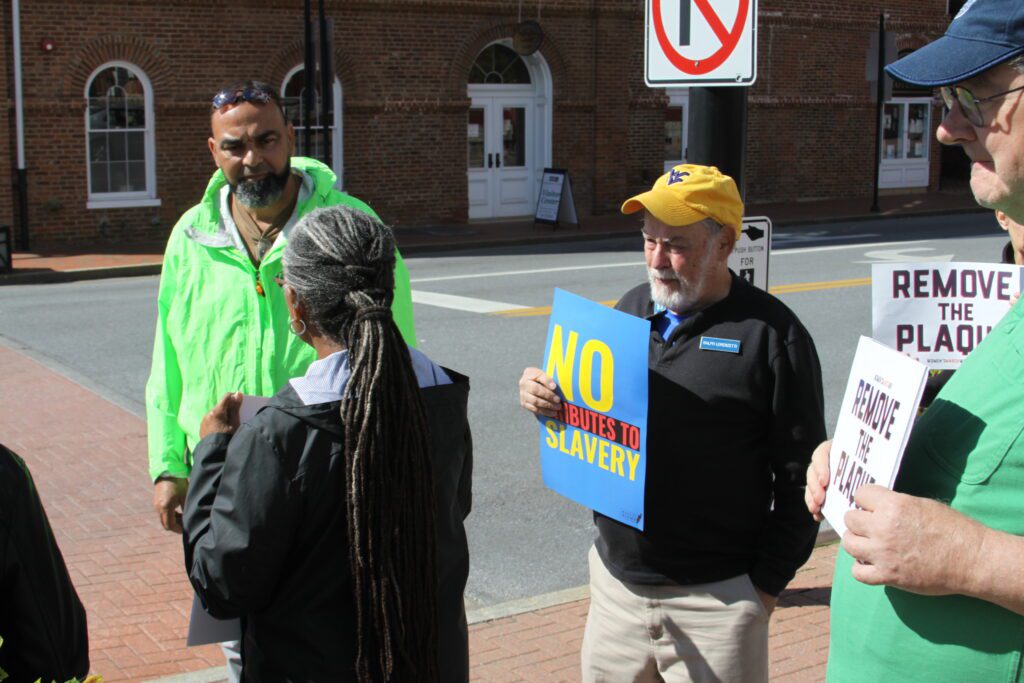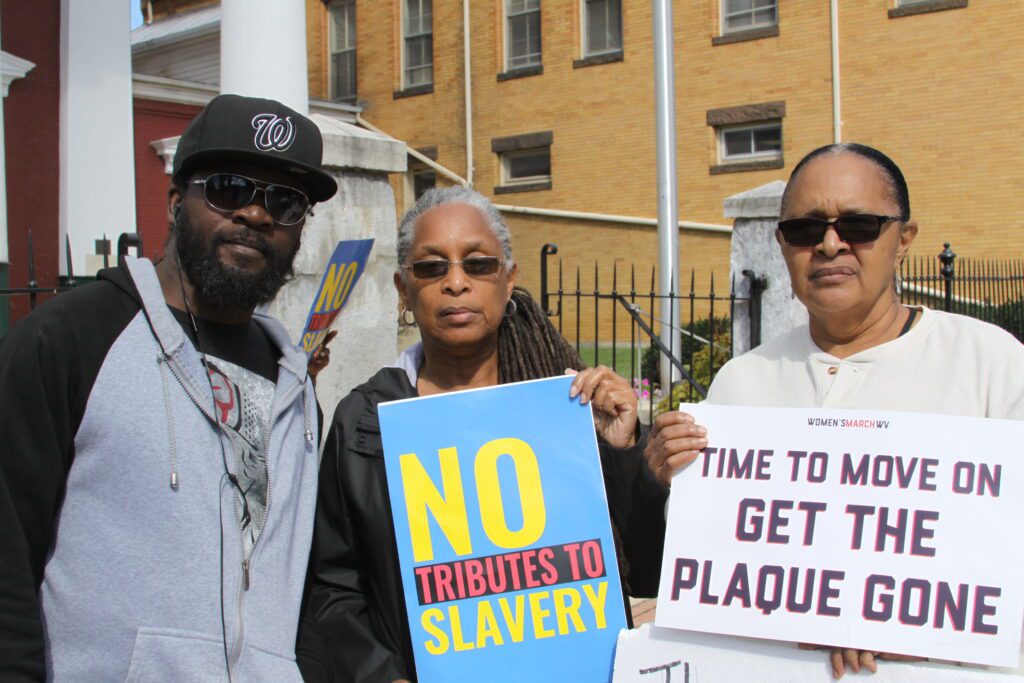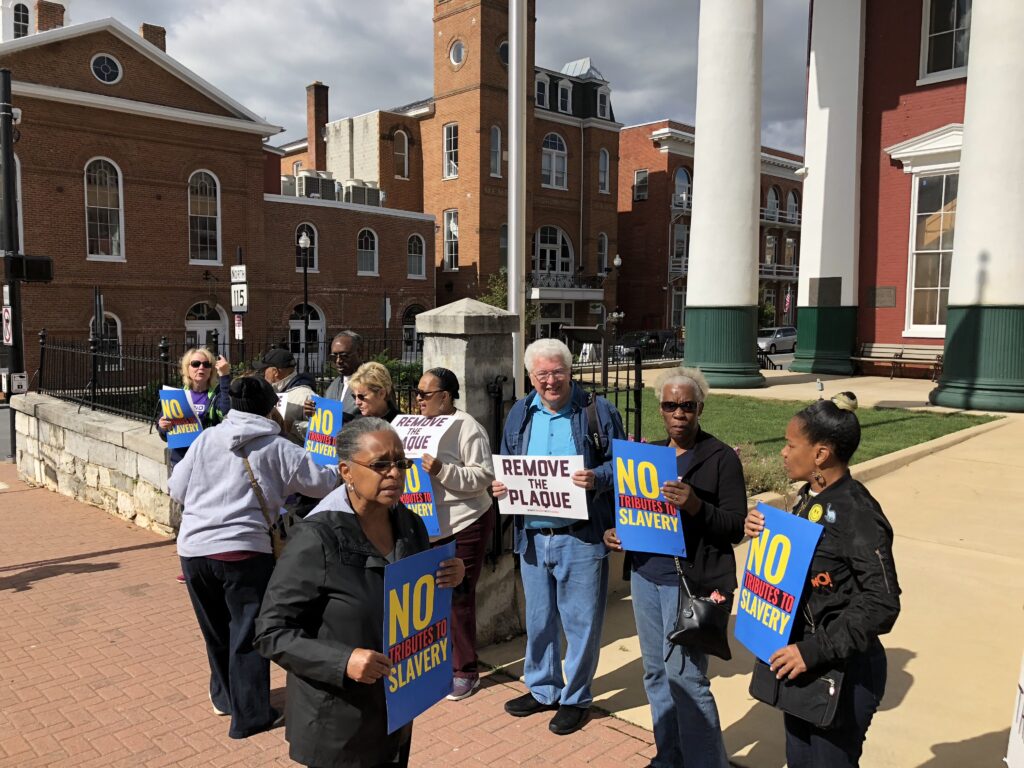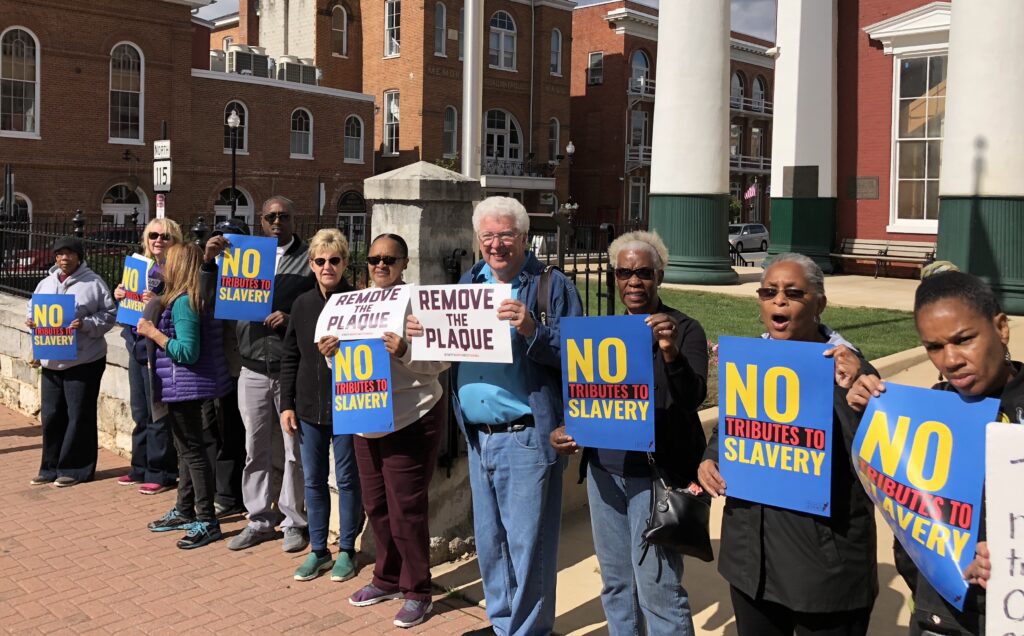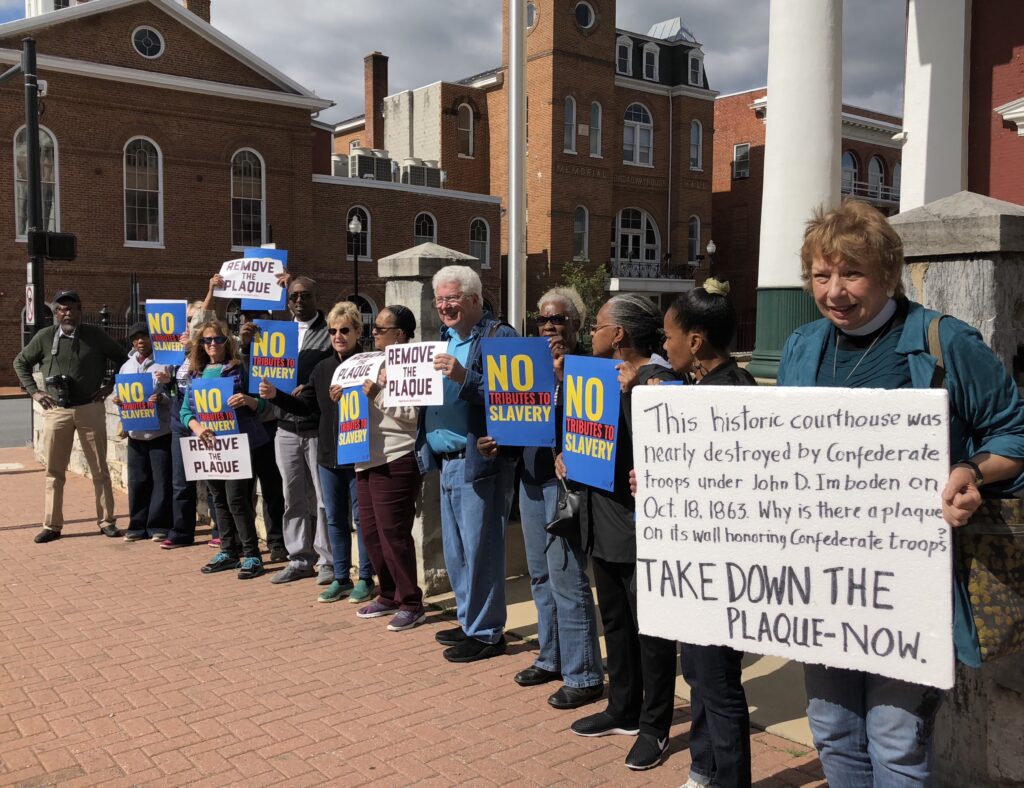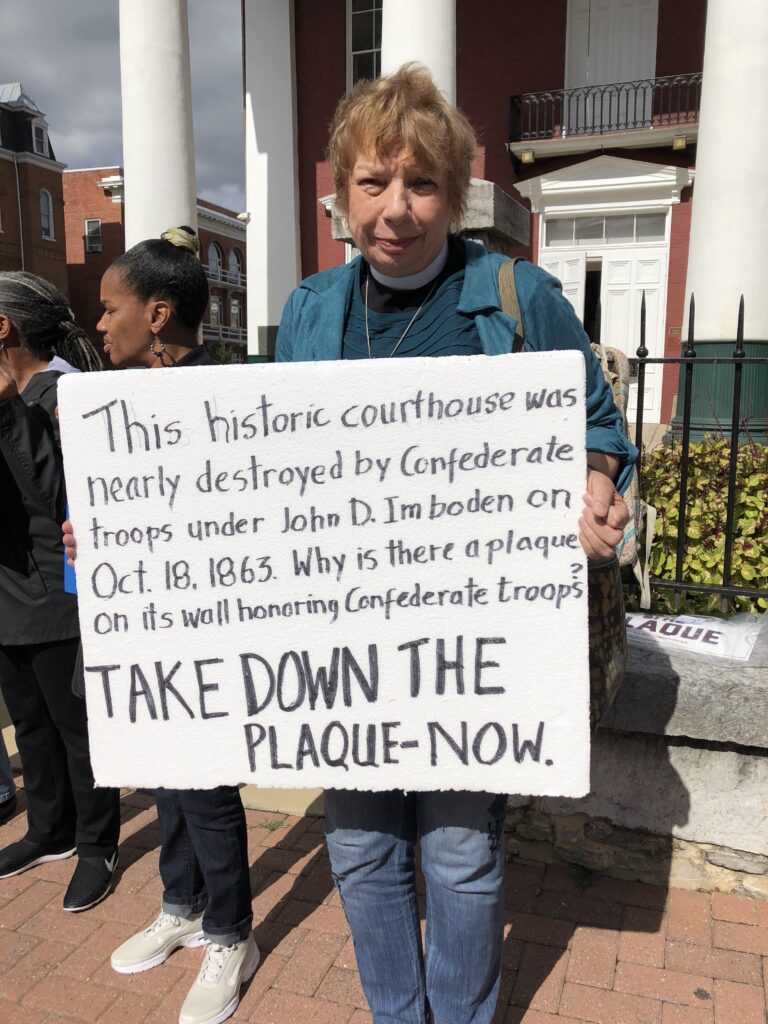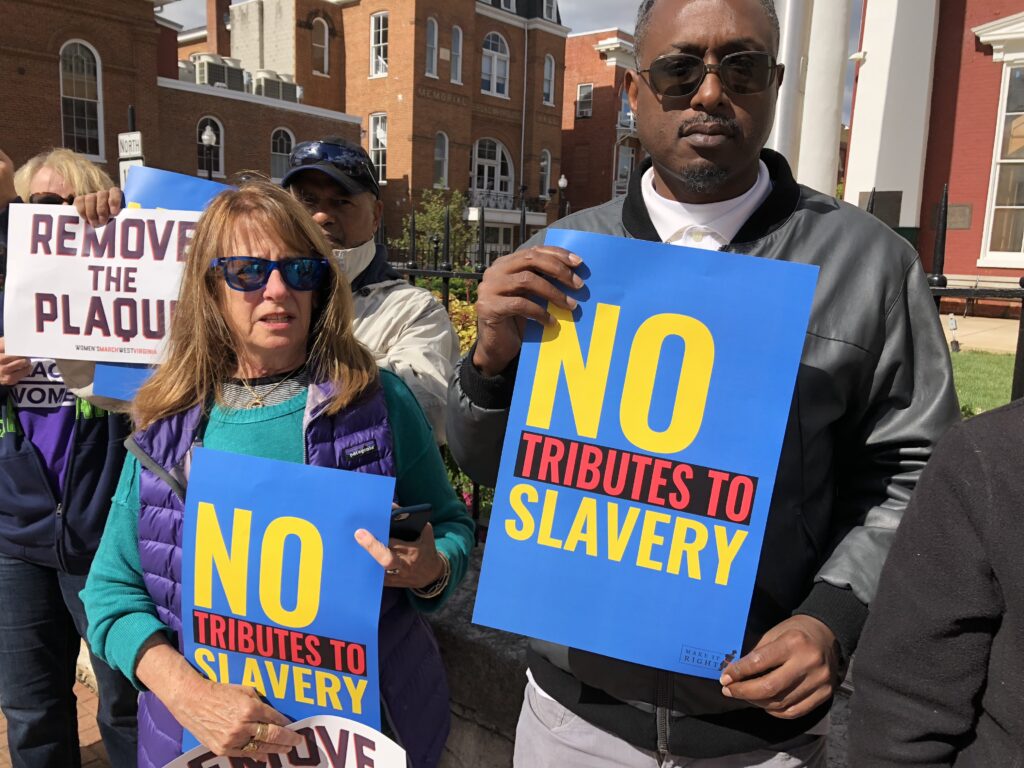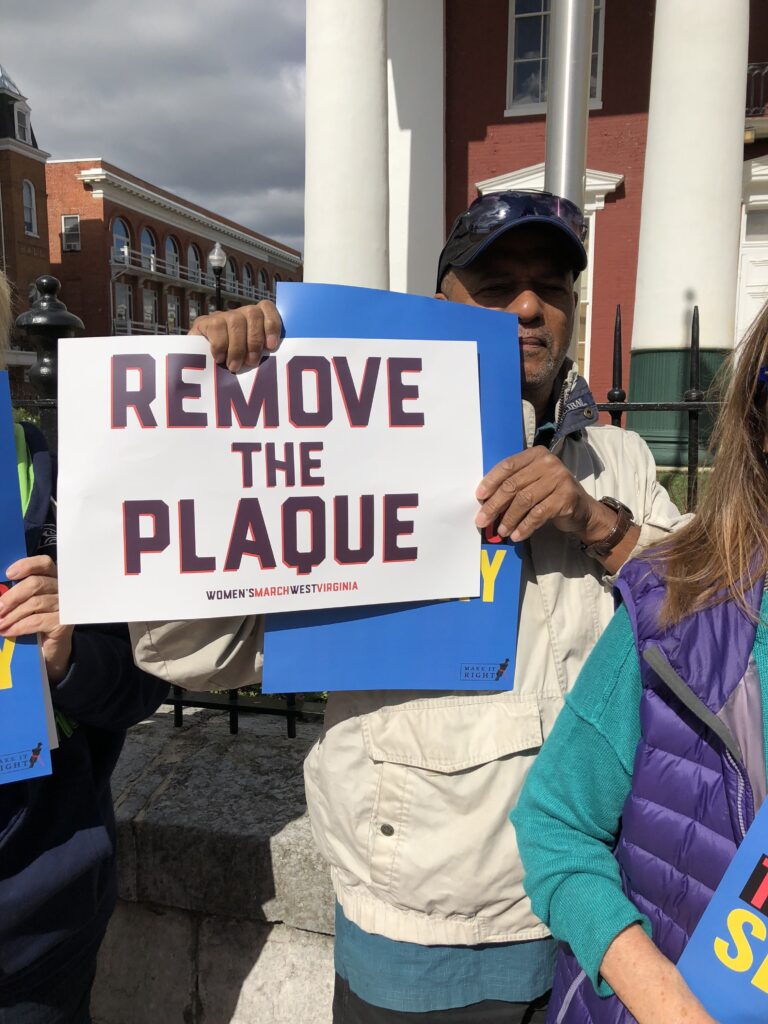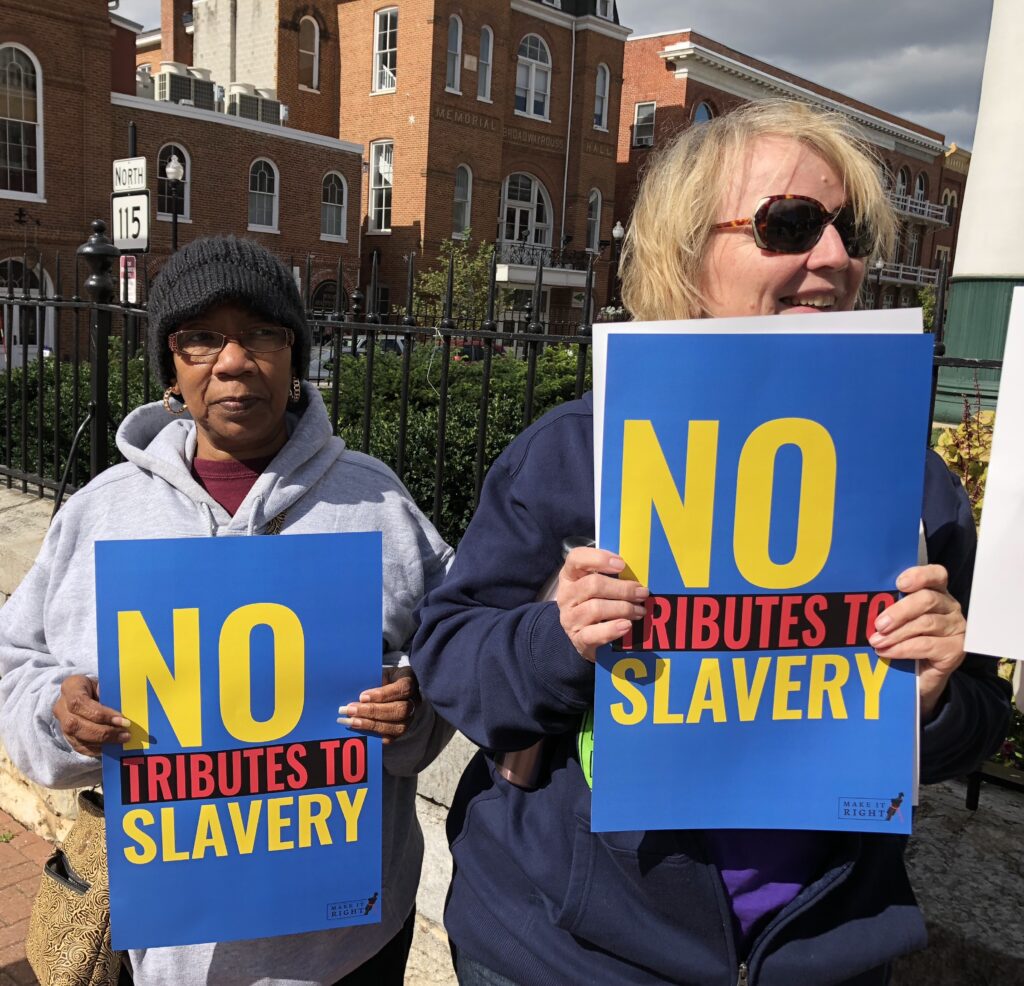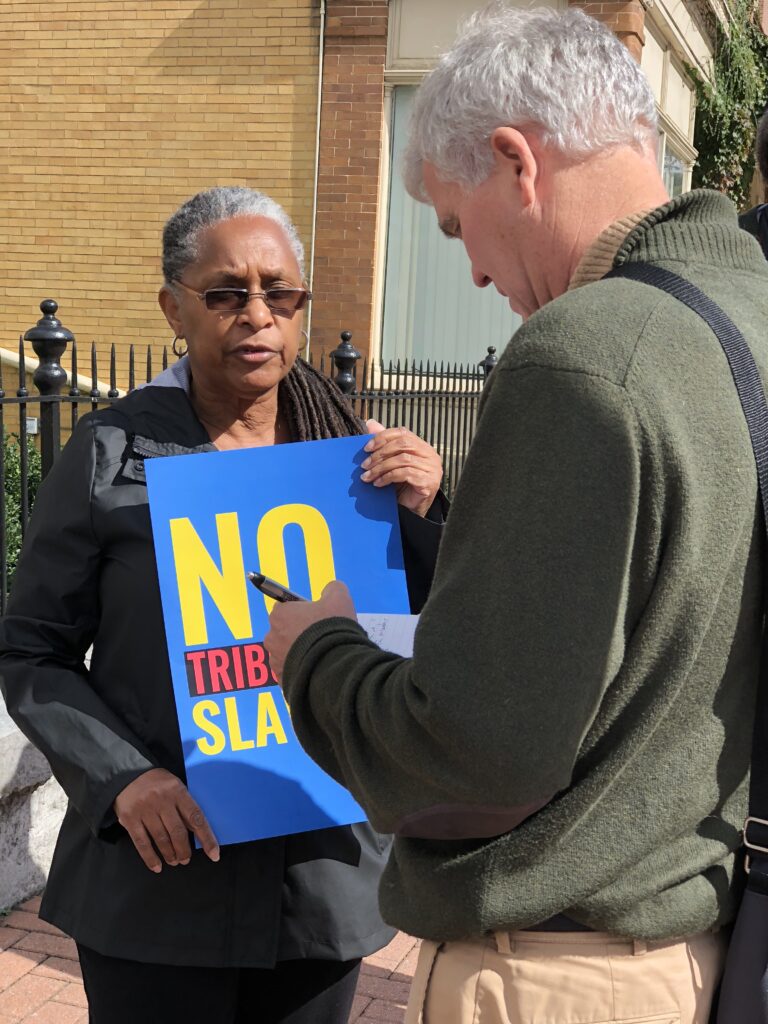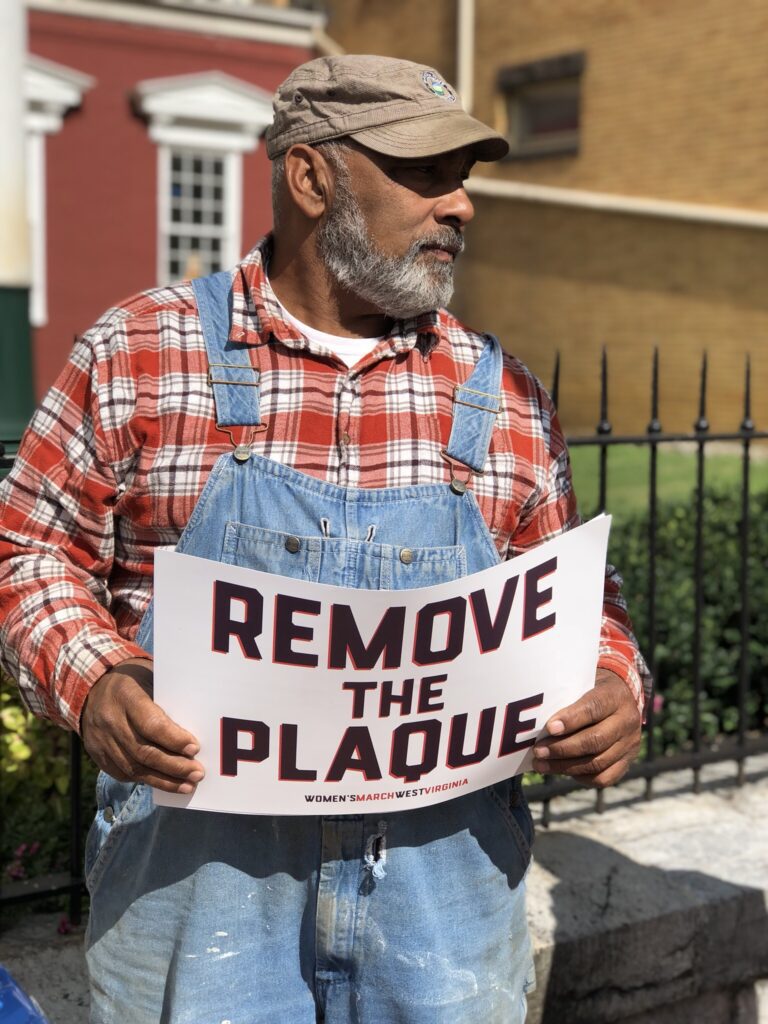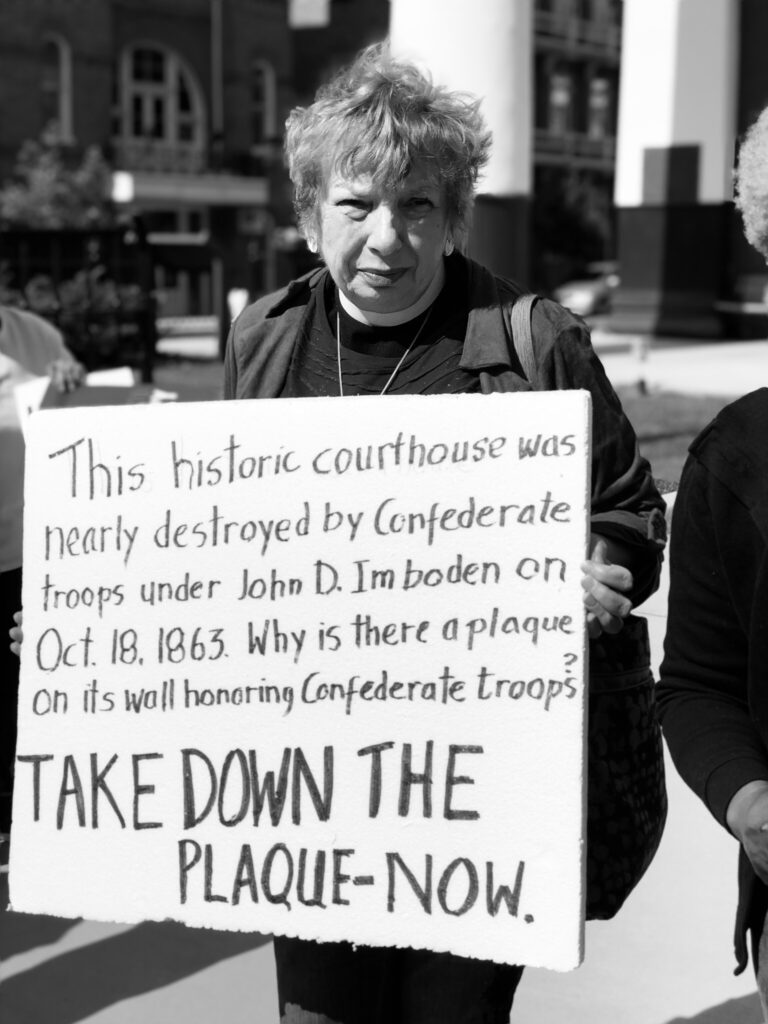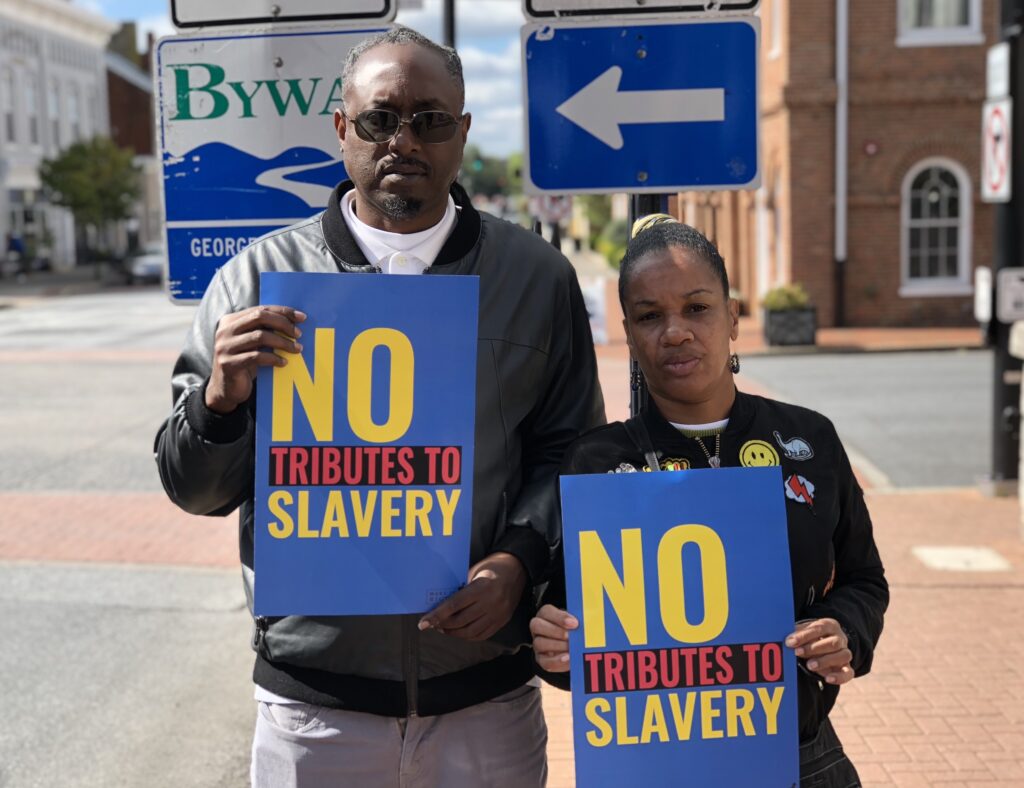The stakes for our collective future could not be higher, yet many decision-makers are doubling down on destructive policies.
By Laurel Sutherlin
All eyes should be on the salsa dancing capital of the world, Cali, Colombia, where representatives of 190 nations are joined by a broad swath of global civil society and international Indigenous delegations to participate in the United Nations Biodiversity Summit (aka COP16).
I’ve been struck that many people (even among those who generally track the larger annual climate COP process) are not familiar with the biannual biodiversity COP (conference of parties). This is a shame because the stakes for our collective future could not be higher: The Global Biodiversity Framework (GBF) is the most crucial official treaty among the world’s nations to halt the extinction crisis. Its implementation—COP16’s primary goal—is critical to striking a sustainable balance between human civilization and the natural world.
We know by now that we are in serious trouble: More than one million species face imminent extinction, entire ecosystems are unraveling, and the very fabric of Earth’s life support systems that we all depend on—for literally everything—is convulsing on the brink of collapse under an onslaught of reckless resource exploitation, toxic pollution, and corporate greed. We also know that decision-makers at the highest levels of government and business not only have their heads in the sand but are doubling down on the kinds of short-sighted, profit-at-all-costs Wild West capitalism that got us in this mess in the first place.
This is why it was such a big deal when, in 2022, at the conclusion of COP15 in Montreal, 196 nations adopted the historic GBF, an ambitious pact to halt the extinction crisis and begin to reverse the destruction of nature by 2030. Of course, the GBF is imperfect and insufficient. However, given the current state of world affairs, it firmly qualifies as better than nothing and even a good start—mainly because it is the best we’ve got going. Now, countries are meant to present their detailed plans in Cali to implement and pay for this noble commitment.
The theme of this year’s biodiversity COP is ‘Peace with Nature,’ and Colombia has embraced its role as host to the world with gusto. The streets of Cali have been painted an exuberant rainbow of colorful birds, prowling jaguars, and other myriad representations of the richness of life. The president of Colombia, Gustavo Petro, gave a fiery opening speech starkly outlining the predicament we face, holding no punches about the role of the rich world in creating this escalating catastrophe and the responsibility wealthy countries bear in supporting the developing world in solving it. The atmosphere surrounding COP16 presents a microcosm of our moment in history, with a chaotic chorus of international voices gathered to negotiate, cajole, and sometimes battle it out over how far and how fast we can agree to push the envelope on change.
Besides the heads of state shuttling around in black SUV motorcades, thousands of other stakeholders are flooding the city this week as well, both inside the formal UN Blue Zone on the outskirts of the city, where you need a delegate badge to enter, and outside, in the publicly accessible Green Zone along Cali’s main downtown riverfront. Alongside my organization, Rainforest Action Network (RAN), are hundreds of our non-governmental organizations from around the world, as well as dozens of Indigenous delegations and lots of unaffiliated activists of all stripes. There is hope and solidarity in the air, and it is undeniably exciting and inspiring to stand shoulder to shoulder with so many passionate advocates gathered to speak truth to power to achieve a better outcome for future generations.
And, ominously, there are the legions of businesspeople in suits and ties. Two years ago in Montreal, everyone in the environmental and human rights realm was commenting on the unprecedented abundance of bankers and corporate lobbyists, and it appears that this year, that trend has continued its sharp trajectory upward. On the one hand, the masters of finance seem to have realized that the real solutions we are seeking must necessarily involve structural changes to business as usual that would undoubtedly impact their bottom line and, on the other hand, that there may be great profit opportunities in some of the corporate-driven ‘solutions’ being proposed.
The thing is, we largely know what must be done to avoid the most catastrophic outcomes on the horizon. It’s just that nobody with real power sees any short-term gain from doing these things. Governments must pass finance regulations to stop the funneling of hundreds of billions of dollars into expanding nature-destroying sectors like soy, beef, and palm oil ever deeper into primary tropical forests. Wealthy nations must act to relieve the unsustainable debt and trade agreements that limit conservation options for so many developing countries.
We must shift the foundational dialogue from viewing nature through a transactional lens to embracing a holistic understanding of biodiversity. This includes listening to and incorporating the knowledge of traditional and Indigenous communities into our policies and economic models. We must transform the current landscape of corporate impunity into one where accountability prevails.
Sadly, there are already those dubbing this the ‘COP of false solutions’ as industry twists itself in knots to contrive increasingly Orwellian schemes that sound good on the surface but deftly avoid real change to the lucrative system from which they have grown fat. Along with an alphabet soup of innocuous sounding, corporate-driven initiatives like the TNFD (Taskforce on Nature-related Financial Disclosure) is the newly ubiquitous concept of biodiversity credits, a dark mutation of the carbon credits debacle, which is every bit as ludicrous as it sounds.
Left to their own devices, the financial sector’s solution to the crisis resulting from the commodification of nature is to find new ways to commodify nature. This is why a big part of our mission here is to call BS, push back against these hare-brained schemes before they take root, and leverage whatever influence we have to bring frontline demands to the table.
Longtime observers of this decades-deep process know better than to expect an immediate, transformative breakthrough here in Cali. But the fact is, change is coming, and on some level, everyone knows it. History is full of flipped scripts, unexpected shifts, and dramatic realignments of power. There is simply no way the current economic system can persist indefinitely on a finite planet. And when the big shifts inevitably do come, we, and life on earth, will be far better off if we have built the infrastructure of a new direction forward.
The crippling grip of our current dominant economic model can feel pretty disempowering and limit our imaginations of what is possible. So it’s our job to keep our eyes on the prize, dream big, and demand the real solutions that science and morality dictate, not just the ones corporations and politicians will tolerate.
###
Laurel Sutherlin is the senior communications strategist for Rainforest Action Network and a contributor to the Observatory. He is a lifelong environmental and human rights campaigner, naturalist, and outdoor educator passionate about birds and wild places. Follow him on Twitter @laurelsutherlin.
This article was produced by Earth | Food | Life, a project of the Independent Media Institute.
Top image: Colombian President Gustavo Petro announces the city of Cali as the host for UN Biodiversity COP16 on February 20, 2024. (Photo credit: República de Colombia/Wikimedia Commons)



 Jan Frel
Jan Frel Simon Greer
Simon Greer